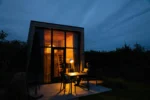Legionella in a warming world
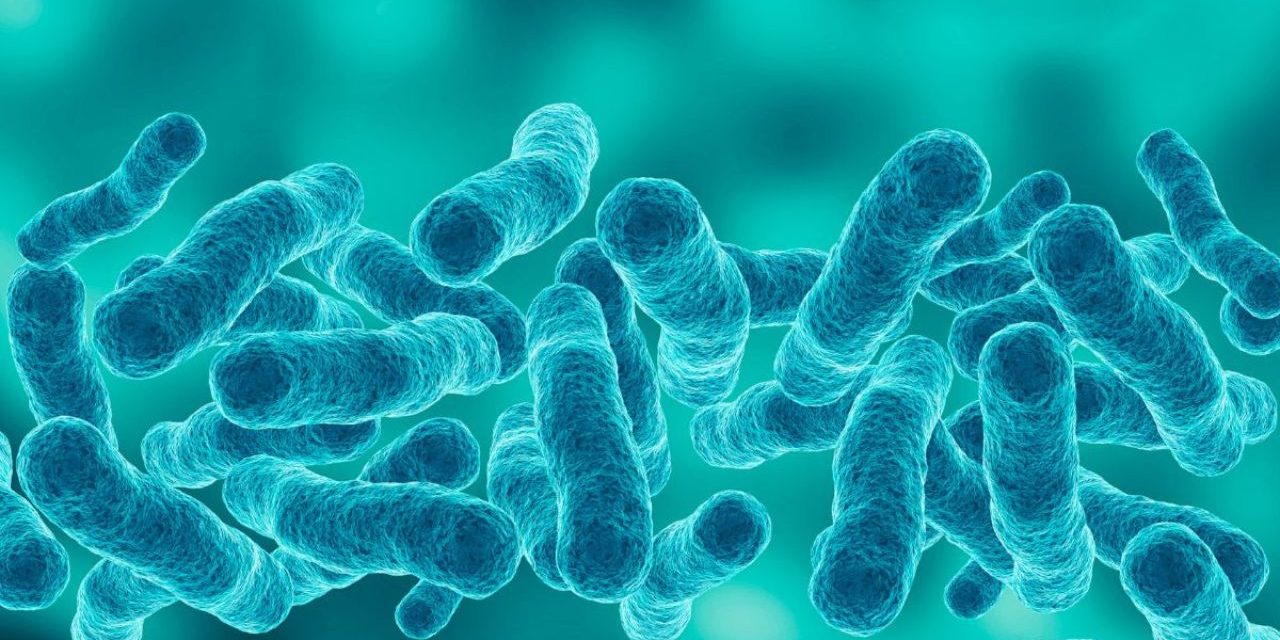
Clive Broadbent, L.AIRAH, discusses how climate change and increases in surface water temperatures could potentially encourage the growth of bacteria that prefer warm water (mesophiles), including Legionella.
A haunting metaphor
In classical mythology, the tale of Pandora’s box describes how Pandora, in her curiosity, released the evils of the world from a box. Those evils were carried on winds and breezes across the globe. This early reference to airborne pollution correlates strikingly with the discovery of modern respiratory diseases including those, such as Legionnaires’ disease, arising from microbial contamination of the built environment.
Today we are faced with wider environmental issues that were not apparent, nor even relevant in many cases, to past ages. Many people consider climate change to be the greatest challenge of the 21st century, but opinion is divided about how best to confront its many effects. While governments mandate political solutions, a growing grassroots movement is also driving an agenda based on the certain knowledge that, whatever the future scenario, it is not something for future generations to deal with, but rather something that is created now in our everyday activities. Individuals and communities can and must lead the way, putting pressure on governments to adjust policies and priorities to enact this change.
Such actions require a change of mindset for everyone due to the increased energy intensity and complexity of modern lifestyles. Indeed, one of the ways we measure the level of industrial development of a country or community is through energy consumed per head of population.
We’ve come to take for granted the use of readily available energy such as electricity, which is now needed for every facet of civilisation, from boiling potatoes to pressing steel and driving vehicles. We have become used to wanting lots of energy in a hurry.
A new threat
At the same time, within the field of environmental health, water-borne diseases such as typhoid and cholera, which were once problems for newly industrialised cities, have now been successfully controlled by the application of engineering measures such as reticulated water supplies and the collection and treatment of sewage.
But just when it seemed that all such bacterial diseases were under control, along came the genus called Legionella.
“The new environmental niches created by the industrial age – warm and hot water systems, spa pools, car washing plants, misting facilities, and heat rejection systems in buildings – happen to suit Legionella’s growth very nicely. ”
The elusive Legionella microbe had, of course, been the unrecognised agent responsible for airborne infections long before its discovery, but had remained camouflaged before laboratory isolation in January 1977.
Controls for this relatively newly discovered microbe – and the new disease group called legionellosis, including Legionnaires’ disease – have evolved since its discovery. New chapters are still being written to improve controls; Legionella is indeed an especially dangerous pathogen due to the debilitation and potential fatality that it causes, and patient case numbers seem to be constant or even increasing despite the known controls in place.
Legionella under the microscope
Legionella occupies a select environmental niche that not only includes manufactured systems, but also the greater natural environment from which it originates1. It chiefly survives and grows in warm temperatures, with Garnett et al finding seasonal variations showing greater prevalence of Legionella in warmer months2. A variety of other parameters may also encourage multiplication, particularly algal and protozoan associations.
Although Legionella has been found to be viable in natural aquatic environments, it has rarely been found in a concentration of any significance. Survival, but not multiplication (considered essential for pathogenicity), has been observed in natural waters as cold as 5.7°C1. Multiplication is far more noticeable at temperatures between 25°C and 37°C2. While slow growth occurs above this, Legionella has not been isolated from waters at temperatures above 63°C1.
Symbiotic relationships
It’s important to consider algal and protozoan associations with Legionella. Algae can supply all the nutrients needed for Legionella to grow (should the temperature be right) and the two organisms enjoy a symbiotic environmental relationship; both multiply in warm waters, meaning they fit within the mesophilic category. This is distinct from the thermophilic category, which applies to those microbes that prefer hot conditions. Algae are also thought to reinforce the aerosol transmission of legionellae2. This enhancement may be due to physical protection from desiccation provided by the algal matrix.
Protozoa (specifically some types of free-living amoebae) are considered by some microbiologists as essential to Legionella growth, as they can provide a closed environment (in cysts) in which invasion of the organism occurs. Legionella then multiplies intracellularly; the prey consumes its host2.
Such amoebae are abundant in soil and water but are also enhanced in concentrations in elevated thermal settings. This particularly applies to amoebae known as Acanthamoebae and Naegleria, both of which are pathogenic to humans. Studies at water collection sites such as city reservoirs have shown that those areas supportive of Legionella growth were also rich in populations of amoebae1.
It seems that the Legionella that survives routine potable water treatment plants thrives in its new-found building environment thanks to elevated water temperatures, as well as elevated numbers of associated micro-organisms. Scientists have concluded that within our artificial settings, Legionella can be well controlled by limiting populations of amoebae by, for example, regular cleaning and chlorine disinfection1.
A numbers game
Legionella found in water systems is not usually evenly spread throughout, as its concentrations largely reflect biofilm dislodgement. This characteristic may confound the practice of numbering from sampling efforts. After all, micro-organisms such as amoebae may harbour Legionella and even supply nutrients that help it grow, skewing its distribution1.
This presents challenges to laboratory microbiologists carrying out analysis work, as Legionella bacteria may represent only a small proportion of the total bacterial load settling on the lab agar plate. Their presence won’t be evenly distributed and, being a slow-growing organism, the Legionella cells may be inhibited or even masked by other bacteria or amoebae for some time.
Irrespective of these difficulties, the presence of Legionella in any water sample may not be hazardous if it’s in small amounts; it does seem to be a numbers game and public health texts are aware of this. Cold water storage settings below 20°C are considered safe and unlikely to encourage Legionella multiplication2, suggesting that small concentrations in such conditions don’t pose a threat.
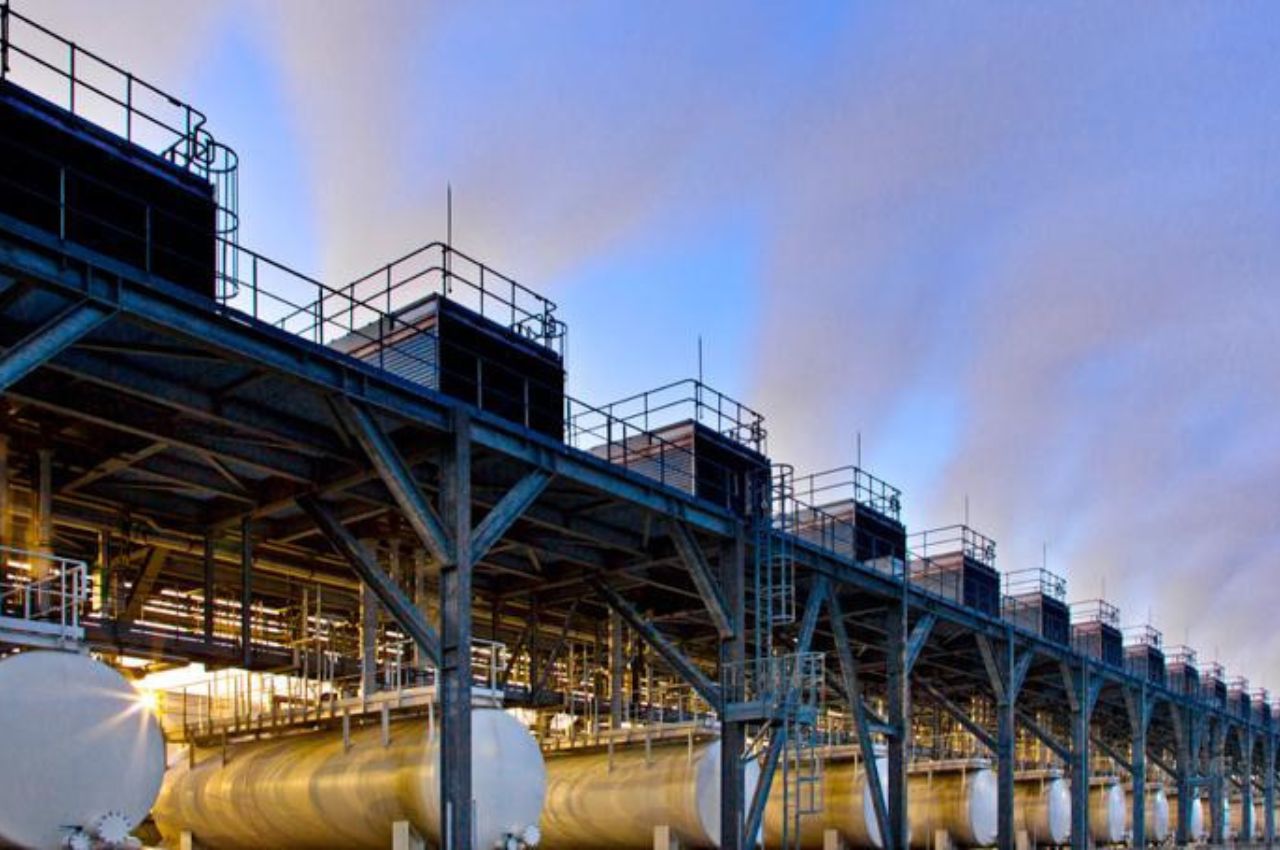

Legionella and climate change
Our energy-intensive and fossil fuel-dependent lifestyle – especially in “developed” countries – has already warmed the planet. Significantly increased energy demands are on the horizon in developing nations, too. While this heat-induced trend is a side effect of our increased population and standards of living, it also raises concerns about how we control other planetary inhabitants, notably Legionella.
Using energy from fuels to perform useful work inevitably leads to the loss of that energy to the environment, causing the planet to warm. We can therefore deduce that increased temperatures in natural environments have wider implications for the planet’s natural inhabitants.
Such natural environments may eventually become conducive to the growth of a range of mesophilic microbes, including Legionella. This phenomenon has already been demonstrated by increased populations in normally cold lakes, such as one near Mount St Helens in the USA. The volcano’s eruption increased water temperatures in the surrounding lake, causing the water to become contaminated with Legionella1.
Standard AS/NZS 3666.33 suggests the optimal temperature range for Legionella growth is 25–43°C, but viability and growth at other temperatures may occur over relatively long time periods. Warm temperatures may occur not only in heated water systems within buildings, but also in thermally altered lakes, as was the case with Mount St Helens. If present, and if other factors are favourable, Legionella may increase in both numbers and virulence (from association with other microbes such as natural algae and protozoa).
Thankfully, no cases of disease have yet been authoritatively attributed to splashing or drinking from cool, natural waterways. However, as the planet warms, bodies of water that were once cool enough to stop bacterial multiplication may start to exceed that threshold, causing naturally incurring Legionella to increase significantly. And greater numbers in natural settings must surely lead to greater numbers within our built environment.
Of course, we can’t know this for sure. While all the evidence would suggest that Legionella is here to stay, and likely in increasing numbers, trying to predict how bacteria will behave in the future is fraught.
As a case in point, consider the bacterium Deinococcus radiodurans, sometimes referred to as Conan the Bacterium. Conan has evolved to be able to sustain extremely high background levels of nuclear radiation (it beats cockroaches hands down), conditions that it would never have been exposed to without human intervention. Bacteria were around for millions of years before the advent of humans, and their adaptive properties are continually on show.
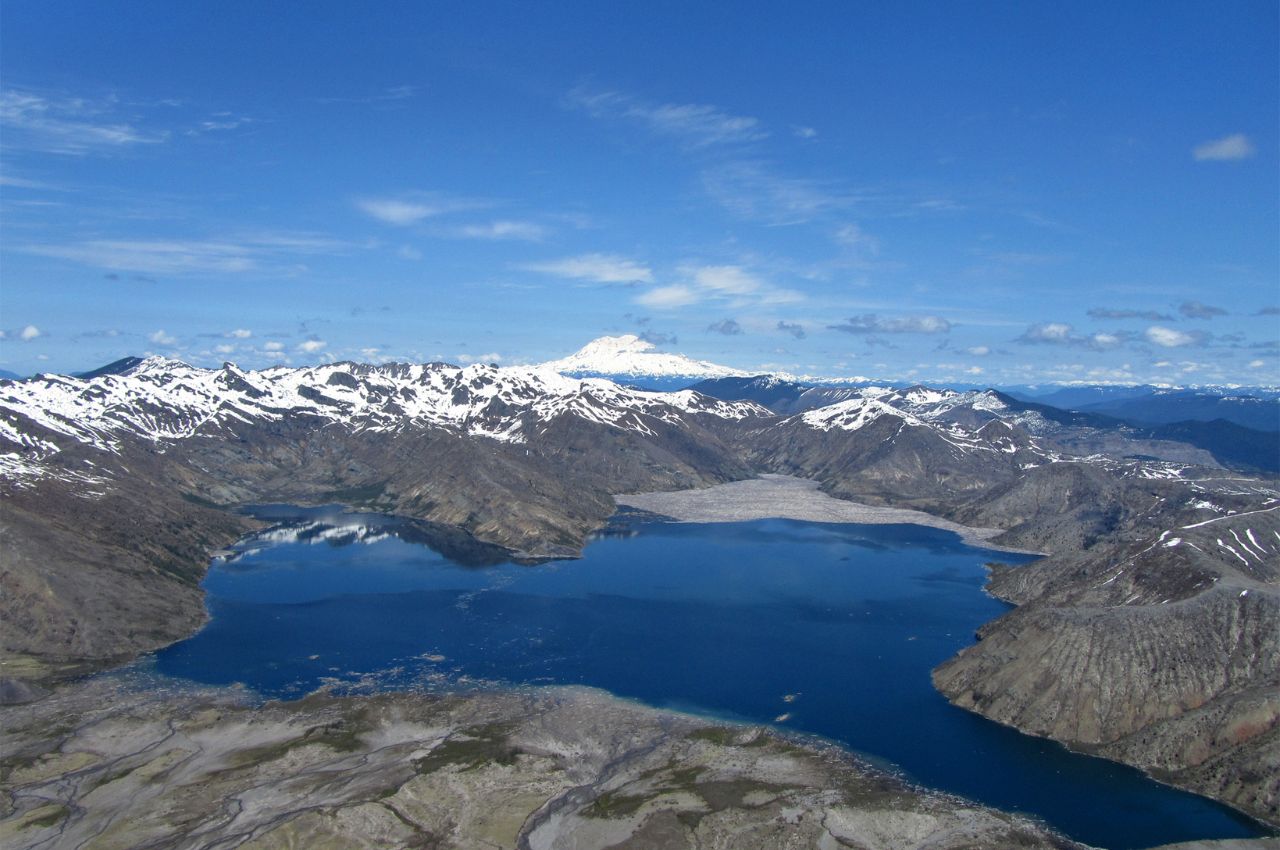

Cause for hope
The great 19th century author Robert Louis Stevenson wrote exciting stories about the South Seas and delighted our younger selves with his tales of pirates and rum. He also coined a much-quoted saying that is perhaps even more meaningful in our time: “To travel hopefully is a better thing than to arrive, and the true success is to labour.”
The last item in Pandora’s box was hope. This may be analogous in our present-day world, perhaps in the form of technical solutions to the newly emerging environmental problems we face. After all, Legionella cannot be completely eliminated from the natural environment, so controlling it is paramount.
The design, commissioning, maintenance, cleaning, disinfecting, and inspection of cooling towers and other water-based appliances should minimise risk to personnel. Each state and territory has relevant regulations, and the national standard AS/NZS 3666 provides additional support3.
Each step in the control chain is necessarily imperfect, but it is the sum total of controls that can prevent the occurrence of infectious aerosol transmission. We ultimately prevent disease by interception at as many points as possible in the chain of transmission; should one treatment fail, others are there to act as backup.
Global warming is a serious challenge; perhaps the multiplication of unwelcome microbiological inhabitants within the source of lakes, rivers and reticulated systems is occurring due to these habitats being warmed. The greatest hope for control is surely slowing global warming, as well as ensuring that we follow practical steps for the effective control of micro-organisms, including pathogens like Legionella. Individuals acting cooperatively hold the key.
The planetary environment in which we live is wondrous and fascinating. As stewards, we are accountable to future generations for the disturbances we cause, and we have responsibilities to pursue new knowledge about its natural laws. Let’s travel that hopeful road with renewed vigour.
References
- Fliermans, C. (1985). Ecological niche of Legionella pneumophila. In Katz,C., Legionellosis, Vol 2, pp 73 -116.
- 2. Garnett H. M., Gilmore K. and Liu Junxiang (1990) Legionella: An unwelcome pollutant. Environmental Technology Vol 11, pp 393 – 400.
- AS/NZS 3666 (2011) Air-handling and water systems of buildings – Microbial control. Standards Australia.
The industry’s role
There are many questions to be answered as we face environmental challenges such as global warming. Progress will depend on both furthering knowledge about our environment and effectively applying that knowledge, including a return to the basics. Fundamental concepts, such as engineering thermodynamics and the application of the science of behaviour and control of microbes, are essential to effective solutions.
With its communication vehicles and underlying training modules, AIRAH plays a role in solving the educational needs, technical challenges and solution options for controlling both Legionella and climate change. This remit includes both the unique relevance of these challenges to the HVAC&R industry and the need for assistance in developing relevant regulatory public health management systems.
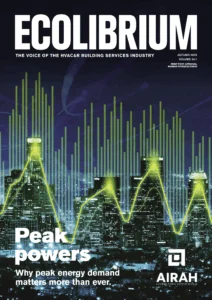
This article appears in Ecolibrium’s Autumn 2025 edition
View the archive of previous editions
Latest edition
See everything from the latest edition of Ecolibrium, AIRAH’s official journal.





